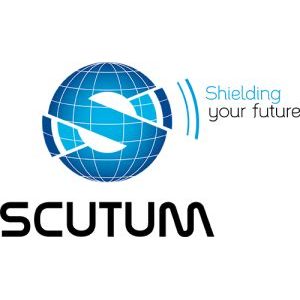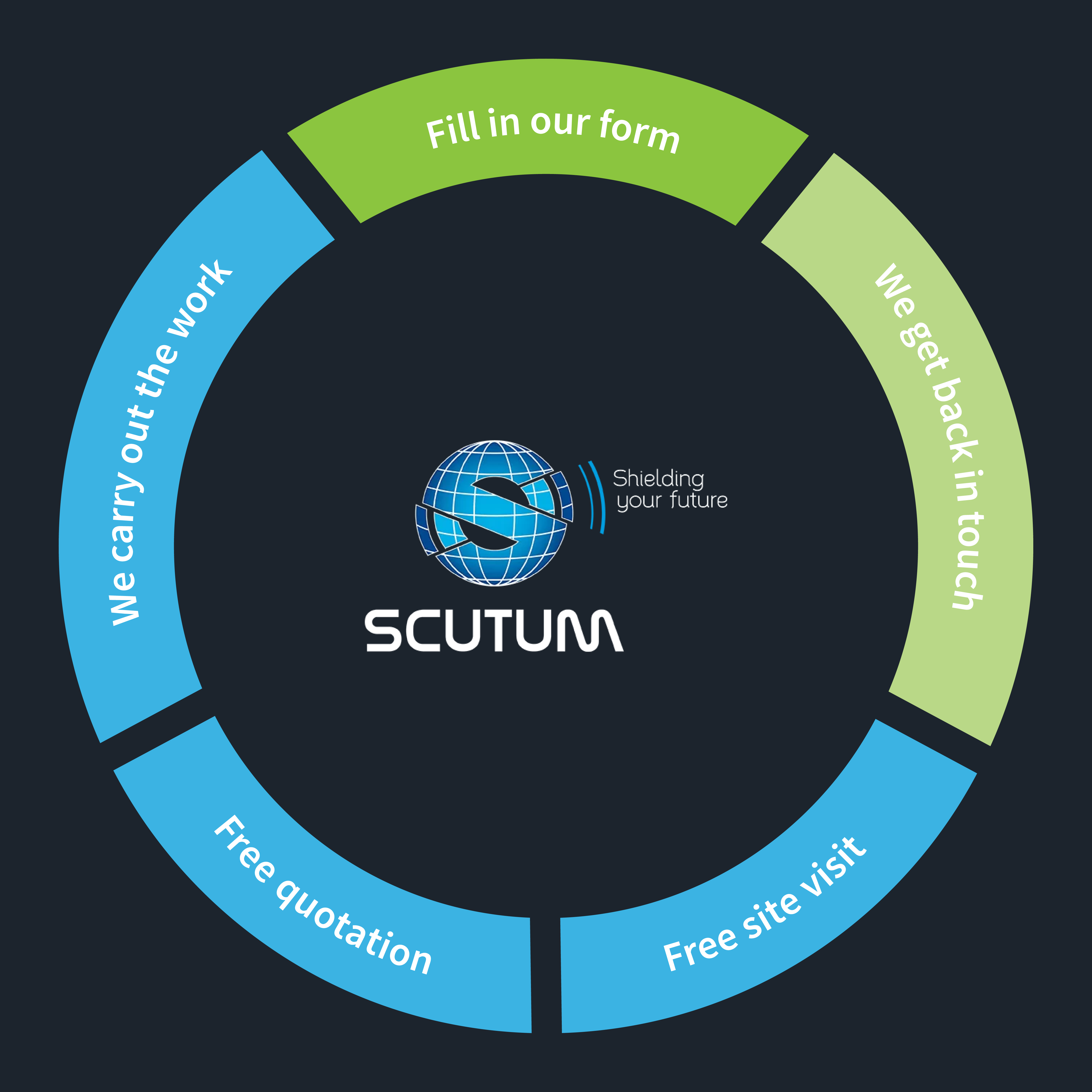Get Prepared for New EU Regulation: BS EN 54-23
There are an estimated nine million people who are deaf or hard of hearing in the UK, according to statistics from Hear for Health. This is the equivalent of one person in every seven and means a large proportion of the population suffer from mild to severe hearing loss. This information means a sizeable percentage of people within commercial environments are unlikely to hear fire alarm sounders.
Liz Parlow, of Deaf Alerter, agrees with this, stating in the online magazine Health and Safety at Work:
“Every day, deaf people are exposed to unnecessary, life-threatening dangers because there is little or no access to fire alarm warnings for deaf people in commercial, public-access buildings and workplaces.”
As a result, fire protection equipment must reflect these statistics and signalling methods must be adapted to stimulate other senses, as well as auditory ones. Complementing sounder alarms with visual alarm devices is an effective way to achieve this, as they rely on light emissions rather than sound and the Health and Safety Executive recommends this stating that “flashing lights can supplement sirens and bells” and that they should be thoroughly considered during a Risk Assessment in order to enhance workplace fire safety.
Current building regulations, including BS 8300: The design of buildings and their approaches to meet the needs of disabled people, recommend that a visual alarm device is “installed in any area where a deaf or hard of hearing person may be left alone”, such as toilets, bedrooms and dressing rooms. This, along with rising awareness of the Equality Act and Disability Discrimination Act, demonstrates how important fire protection equipment specifically designed with the deaf and hard of hearing in mind is.
Now, a new European standard, which was published in 2010 and will be enforced from 2013, aims to set stricter guidelines on the installation and performance requirements of visual alarm devices, in order to make fire protection equipment in commercial buildings more comprehensively effective for those who are deaf or hard of hearing. The regulation, BS EN 54-23, stipulates how visual alarm devices must be manufactured and certified once the Construction Products Regulation comes into force on the 1st July 2013 and, with less than a year to go, time is running out for workplaces throughout the UK to ensure they are operating a fire safety system in line with these new guidelines.
In order to help commercial and industrial environments fully understand the change in regulation, the Loss Prevention Certification Board (LPCB) have worked in conjunction with the Fire Industry Association (FIA) to jointly publish a guide, entitled Code of Practice for Visual Alarm Devices used for Fire Warning. This Code of Practice (COP0001) provides specialist help and recommendations on the planning, design, installation, commissioning and maintenance of such fire safety equipment in and around buildings other than single family dwellings and describes the various tests a visual alarm device is required to pass in order to be certified fit for purpose and use.
The BS EN 54-23 aims to determine the light output performance criteria and installations of visual alarm devices and is concerned with measuring the effectiveness of the light signal over a given area. As a result, visual alarm devices must now only emit a red or white light and will be classified into 3 categories based on their intended application: ceiling mounted devices, wall mounted devices and a final open class category.
Each of these categories has specific targets for light distribution and coverage volumes in order to fully comply with the BS EN 54-23 legislation and different light dispersion patterns and characteristics are required according to the visual alarm device’s intended mounting position.
The overall aim of the new regulation, according to online fire safety magazine Means of Escape, is that “all occupants of the room have a clear line of sight of the device”. Therefore, the overall fire safety and fire protection and detection levels within the building are completely enhanced and a lot more effective.
So, if you own or manage a commercial or industrial building and are unsure how the new BS EN 54-23 regulation affects your workplace, speak to a specialist fire safety expert, such as the team at Scutum Group. They have the skill, experience and industry knowledge required to ensure that your business is completely up-to-date with all current requirements and regulations and can undertake any remedial action necessary following this assessment, such as the installation of visual alarm devices.
A fire risk assessment from Scutum London can help identify those in a building most vulnerable to the dangers of fire and recommend practical solutions that can keep everyone safe.
Contact us now to find out more.
Request a Callback
Just fill in your details below and we'll get back to you as soon as we can!

About Scutum London
Scutum London is a leading expert in fire safety and security solutions for businesses and organisations located across South East England, including London and Surrey.
From fire alarms, fire extinguishers and fire risk assessments to access control, CCTV and intruder alarm systems – and a lot more besides – we offer a comprehensive range of products and services designed to keep you, your business and your staff and visitors safe.
With decades of industry experience to call on, we’re proud to hold accreditations from leading trade associations and bodies such as British Approvals for Fire Equipment (BAFE), the British Fire Consortium, the Fire Industry Association (FIA) and Security Systems and Alarms Inspection Board (SSAIB).
If you’d like to find out more about Scutum London, get in touch with our friendly team or explore our products and services on our site.

